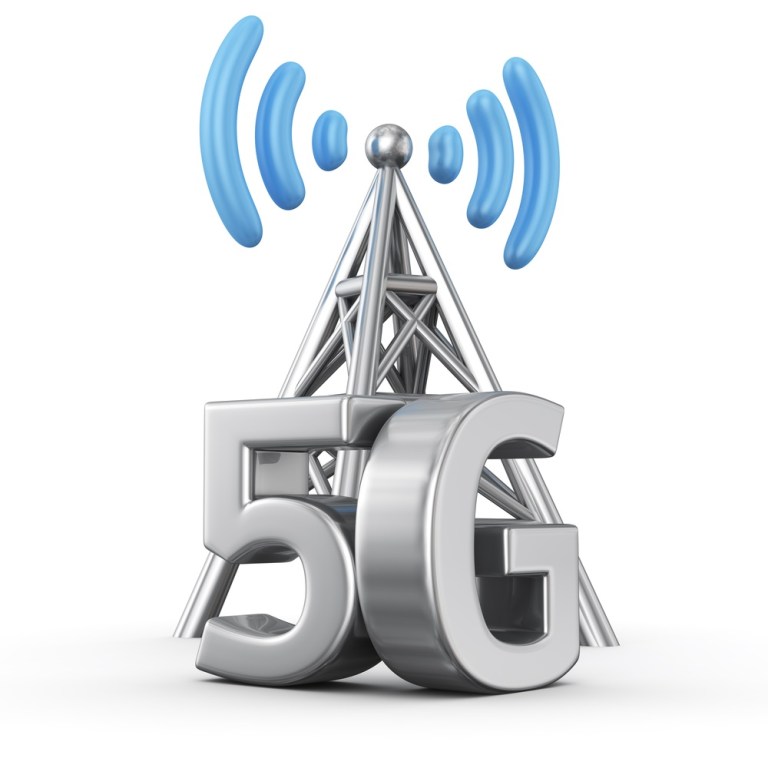
Attempting to hold onto its leadership position in wireless broadband, the White House announced late last week that it’s investing $400 million to build out 5G networks around the country. The program, dubbed the Advanced Wireless Research Initiative (AWRI), is being headed up by the National Science Foundation (NSF), with it and companies in the industry providing the funding for the 5G research.
Starting in fiscal year 2017, the NFS will roll out testing platforms in four cities in which a network of software-defined radio antennas will be deployed city-wide, copying the existing cellular network. Researchers, entrepreneurs and wireless companies can test and tweak their ideas, technology and software on a real 5G network.
“Collectively, these spectrum policy and research efforts will accelerate the deployment of a new generation of wireless networks that are up to 100 times faster than today,” the White House said in the news release. “These super-fast, ultra-low latency, high-capacity networks will enable breakthrough applications for consumers, smart cities and the Internet of Things that cannot even be imagined today.”
Some of those possibilities, according to the government, include the ability to download full-length HD movies in under five seconds, self-driving cars that talk to each other, gigabit-speed wireless broadband and virtual reality training environments and simulators. The NSF has also dedicated seven years to funding research on advanced wireless technology projects using the platforms. Some of the companies that are kicking in money include AT&T, Samsung, Intel, Sprint, Nokia, Verizon and HTC. Samsung is a board member of AWRI.
The Obama administration has long made advancements in wireless broadband a top priority, pouring time and money into the rollout of the 4G network. And while that was seen as a huge improvement from a speed perspective, the need for higher speeds and low latency wireless connectivity is only getting greater. The Internet of Things could result in 50 billion connected devices by 2020, with data traffic potentially growing at a 42 percent compounded annual growth between now and 2020, said the White House.